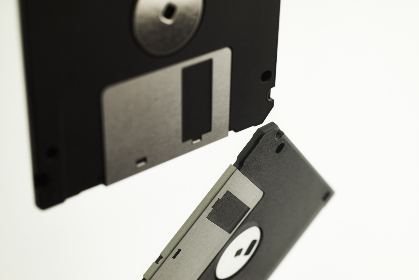In simpler terms, steering the wheels no longer depends solely on the motorist’s manual force. Instead, it’s now done via a system powered by either an electric or hydraulic source, providing it its name, power steering. The majority of power steering systems utilize the rack-and-pinion design because of its simpleness, which lowers manufacturing expenses. The system likewise assists in fuel economy and makes vehicle handling easier. Here are the principles of the power steering system that you need to know.
The recirculating ball steering system has two equipments, the worm equipment and the sector equipment. The steering wheel is linked to a threaded shaft which is connected to a block. The worm equipment is quite big and goes through the block which is threaded in such a way it allows the worm gear inside. This block has gear teeth outside of it to which the sector gear is connected. This sector gear is then connected to the pitman arm while the pitman arm is connected to the tie rod. There are ball bearings inside the block that fill the thread of the worm gear. The working is easy just like rack and pinion.
A main track rod reaches to the opposite of the cars and truck, where it is linked to the other front wheel by another track rod and steering arm. A pivoted idler arm holds the back of the central track rod level. Arm layouts vary. The steering-box system has many moving parts, so is less precise than the rack system, there being more room for wear and displacement.
When the steering wheel is turned the shaft linked to the steering turns too. The gear is bolted to stagnate up and down. This makes the block and the worm equipment turn. The rotation makes the block relocation as it is not held down by anything. The moving block then moves the sector gear which in turn moves the pitman arm. The thread of the worm gear is filled with ball bearings which reduce friction and prevent the slop in gear. This is how the recirculating ball steering system works. It is seldom utilized now and is primarily discovered in trucks.
When you rotate the steering wheel the shaft turns in addition to it. This in turn rotates the pinion which is on top of the rack. The rotation of the pinion makes the rack relocation linearly moving the tie rod. The tie rod linked to the steering arm then triggers the wheel to turn. The size of the pinion impacts how much turning you get. If the pinion is large in size it suggests that you’ll be getting more turn from less steering wheel rotation which will make it more difficult to control. On the other hand, a smaller sized pinion means it’ll be much easier to control but you will need several steering wheel turns to make the cars and truck corner.
The steering wheel has actually a shaft connected to it and on the other end of the shaft is the pinion. The pinion is placed on top of the rack and moves when the steering wheel is moved. The end of the rack has actually something called a tie rod. The tie rods link to the steering arm which in turn is connected to the wheel hub. Onwards to the working of rack and pinion.
The power steering adds some more parts to the rack and pinion system that makes it easier to use. Generally the pump, pressure tubes, rotary control valve, fluid lines and a hydraulic piston. The task of the pump is to as you might have thought, pump the fluid around when required. The rotary control valve guarantees that the motion of fluid is just performed when the driver is actually steering the vehicle. The hydraulic piston walk around depending upon which fluid line brings the high-pressure fluid. This piston motion on the rack makes it simpler for the chauffeur as it is using most of the force needed to guide the automobile. This concludes the short discussion on how a hydraulic power steering system works.
At the base of the steering column there is a worm equipment inside a box. A worm is a threaded cylinder like a brief bolt. Imagine turning a bolt which holding a nut on it; the nut would move along the bolt. In the same way, turning the worm moves anything fitted into its thread. Depending upon MERCEDES-BENZ A3754600300 , the moving part may be a sector (like a piece of a gear wheel), a peg or a roller linked to a fork, or a big nut.
